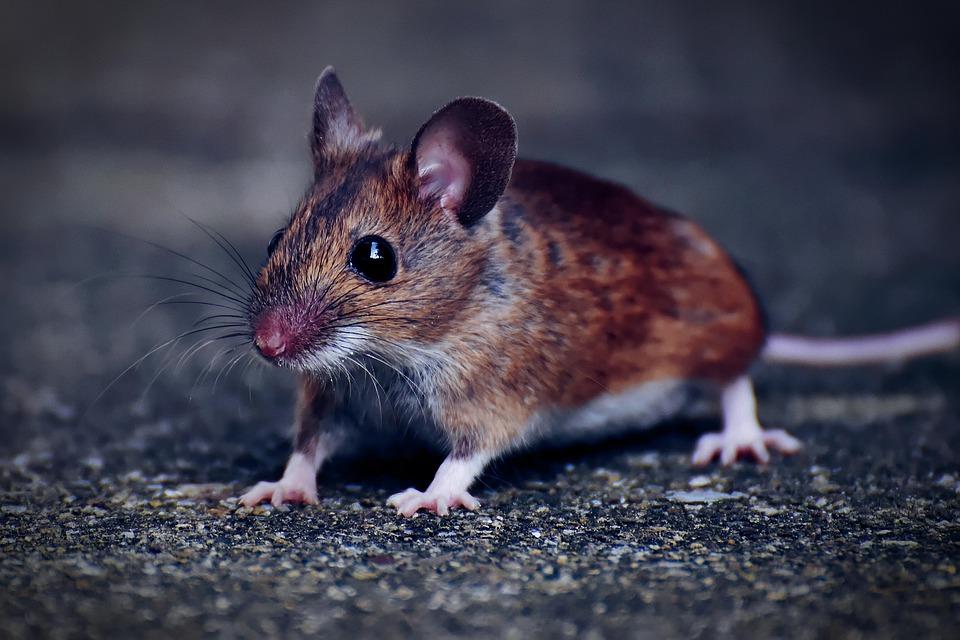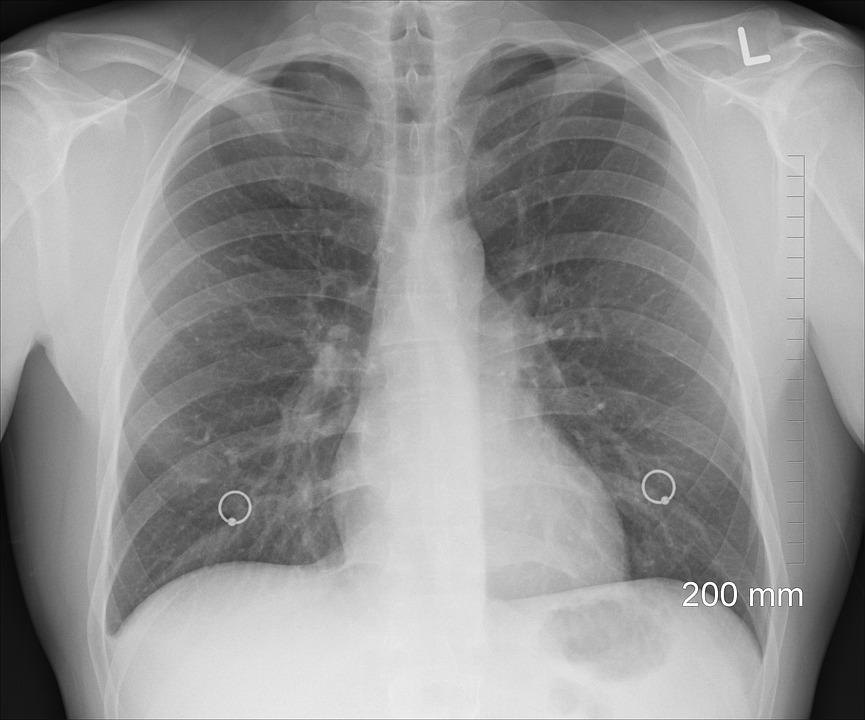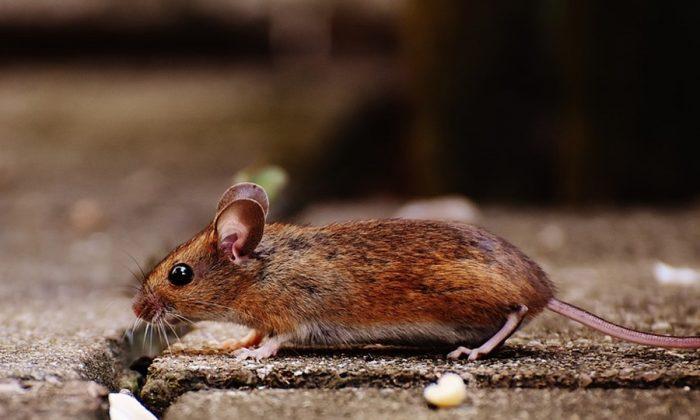A 42-year-old New Mexico woman has died after contracting Hantavirus Pulmonary Syndrome (HPS), according to the New Mexico Department of Health (NMDOH).
It is the second case of HPS reported in New Mexico and the first case of the virus resulting in death.
HPS is a fatal respiratory disease transmitted by infected rodents.
After the case was reported, the health officials did an environmental investigation at the infected woman’s home in a move to reduce any remaining risks to other people.
In the press release, officials urged people to be mindful when summer cleaning. “We urge New Mexicans to be mindful when they are opening up sheds, cabins, and other buildings that have been closed up as mice and other rodents may have moved in,” said Department of Health Secretary, Kathy Kunkel.
“Stirring up dust in areas where rodents hang out–that includes everything from nests to droppings—can cause the virus to get into the air where the particles can be breathed in. It’s best to air out cabins and sheds before entering them and wet down droppings with a disinfectant,” she said.

Health officials encouraged health care providers and the public to be aware of the early symptoms of HPS.
“Early symptoms include fever and muscle aches, possibly with chills, headache, nausea, vomiting, diarrhea and abdominal pain and cough which rapidly progresses to respiratory distress. These signs typically develop within one to six weeks after rodent exposure,” NMDOH said.
What is Hantavirus Pulmonary Syndrome?
Hantavirus Pulmonary Syndrome is a fatal respiratory disease caused by the Sin Nombre virus that can be transmitted through the urine, saliva, and droppings of infected rodents, NMDOH explains on its website.“People can contract the disease when they breathe in virus that is suspended in the air, but it is not contagious from one person to another,” NMDOH said.

The virus is found worldwide and can be contacted when someone breathes in aerosolized virus.
“Rodent control in and around the home remains the primary strategy for preventing Hantavirus infection,” said NMDOH.
Protection from Hantavirus
NMDOH suggests three ways to protect oneself and the family from the virus. It recommends on its website keeping mice away from the home through repairing screens, holes, cracks, or any openings in walls that can let rodents inside the home.The third and the final step, according to the website, is to, “Clean up nests and droppings using disinfectant.”
NMDOH also suggested in the release: “Don’t sweep rodent droppings into the air where they can be inhaled. Put hay, wood, and compost piles as far as possible from your home. Get rid of trash and junk piles to reduce attracting rodents. Don’t leave your pet’s food and water where mice can get to it.”
The department said that in the past ten years, there have been 37 cases of HPS, with 21 people surviving after being infected with the virus.
According to CDC, the “first” identified outbreak of HPS happened in the southwestern United States—Arizona, New Mexico, Colorado, and Utah—in May 1993.





